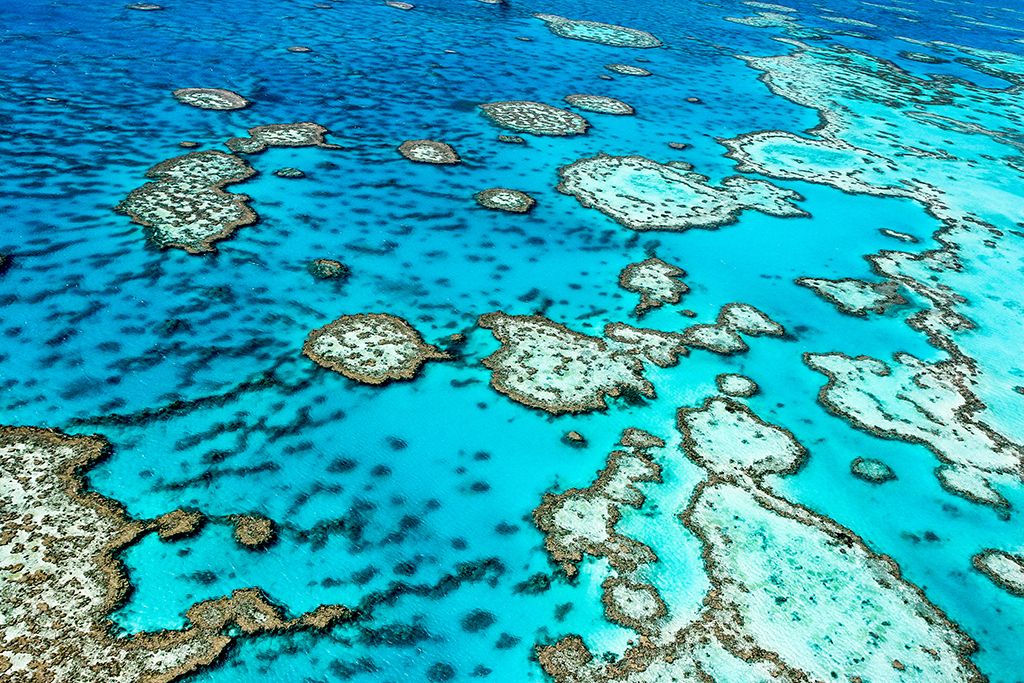why plastic free is the way to go on your next adventure
Though it used to be considered a revolutionary material that was hailed for its ability to be reused, plastic has been doing more harm than good in the world for a while now. More and more discoveries are being made linking the use and disposal of this menacing material to the destruction of the environment and wildlife on this beautiful planet, almost getting to the point beyond repair.
So it’s time for the world to dump plastic for good – pun intended.
Plastic pollution is one of the greatest environmental challenges of our time and it’s set to double by 2025. Hundreds of thousands of sea turtles and other sea life, plus a million sea birds die each year due to waste and debris getting into waterways and oceans. Travellers, especially, should be mindful of their environmental footprint, as single use plastics are a big market for the person on the go, and many companies target that market.
So if these statistics strike a chord in your heart, never fear, because even as a traveller, there are plenty of ways you can help out the environment through cutting out plastic. Besides, waste-free travel is so in right now.
As daunting as it may appear at first glance, it’s not as hard as you think to balance your love of travel, with attempting to do right by the planet. Many people view cutting out plastic as too difficult, they view it as ‘losing something’ that brings convenience into their lives. But I implore you to look beyond such shallow notions, and don’t think of it as losing something, but simply swapping for something better.
Taking on this beautifully eco friendly task means reusable travel items will become your new best friend. Napkins, eco-bags, other reusable containers & bottles will become vital to you as you’re trotting the globe. Refillable toiletries will ensure you don’t buy plastic bottles, or bring them with you and then toss them when your done. Not to mention tote bags cut out the need for plastic bags completely.
Another thing to think about is how much plastic is wasted when you eat on your travels? How many of you haven’t even stopped to think about this when you buy a snack, then toss the packaging once your belly is content. This is why I propose giving in to the awesomeness that is the mason jar! Avoid buying packaged snacks when these cool-looking glass jars can be used to keep all kinds of contents, plus they are known for their durability which is something you’re going to want in the hustle and bustle of travelling.
The concept of takeaway is detrimental for the environment due to the excess in which people use it. Ordering takeaway will almost ensure you end up with copious amounts of plastic containers and waste after you’ve devoured you’re meal. So maybe opt for the good old fashioned idea of staying in and cooking a meal, or if laziness kicks in as it does from time to time while travelling, take the opportunity to dine in a restaurant. You’ll get to enjoy a fresh, delicious meal, further immersing yourself in the country’s culture, while also doing good by the environment.
Immersing yourself in other cultures opens your eyes up to life outside that bubble that many people live within. It leads you to approach life with more gratitude for what you have and what’s truly important. Becoming a more conscious individual makes you more grateful for all the things you have, one being this beautiful planet. So learning about what actually happens out in the world should be as big of a push as any to start doing more for the environment, in order to sustain its beauty.
Once you get into the habit of travelling plastic free, it will become second nature to you. After joining the cause to keep this planet remaining prosperous, you’ll find it becoming an overwhelming need for you to continue such an important cause. It’s an unbelievably satisfying feeling when you can proudly say that you’ve gone plastic free while you wander the world.
Eco-friendly bloggers/influencers:
Plastic free travelling/living is becoming a more highly sought after way of life as time goes on. Even large social media influencers have gotten on the bandwagon. Jennifer Nini, aka Eco Warrior Princess, has created her empire around redefining what it means to live sustainably, she tackles the hard issues surrounding the environment, conservation, sustainable fashion, basically all the core topics regarding living an eco-friendly life.
Others have followed suit as well, with The Green Hub founder, Kira Simpson creating an online platform on her ‘eco-journey’, giving out tips and showing her experiences in going green. She published an article on her website that documented her travels as a ‘Zero-waster’ and the benefits to travelling mindfully. She brings up a good point, in regards to how a traveller who sets out to explore the world’s wonders without a care for their waste and footprint, is “the biggest example of irony”. Its true if you think about it, if you truly appreciate the beauty that this world offers, how can you contribute to the excess waste that’s tossed into our environment, especially in tourist prone destinations.
What else you can do to be a sustainable, eco-friendly traveller:
If you truly want to leave a lighter eco-footprint on this world, think about putting in the extra effort to research and seek out businesses and tour operators that run sustainably, as there are many hotels out there that are committed to being eco-friendly, offering alternatives to plastic and attempting to combat waste.
The Rainforest Alliance is one example of a company that focuses heavily on sustainable tourism, on their website you can actually see what companies and businesses around the world are environmentally certified, and there are many more companies out there doing the same thing in the hopes of making the tourism industry more green. It will make you feel even more fulfilled when you’re trekking it halfway across the world and you know you’re doing your part to help out this beautiful world.
Live to be eco-conscious, travel like the world is relying on your environmentally good decisions. Band together with like-minded eco-travellers, and create a green revolution. If we all chip in to reduce waste when travelling this exquisite planet, just think how amazing it will be for generations to come.
Check out the upcoming adventures on our calendar!
















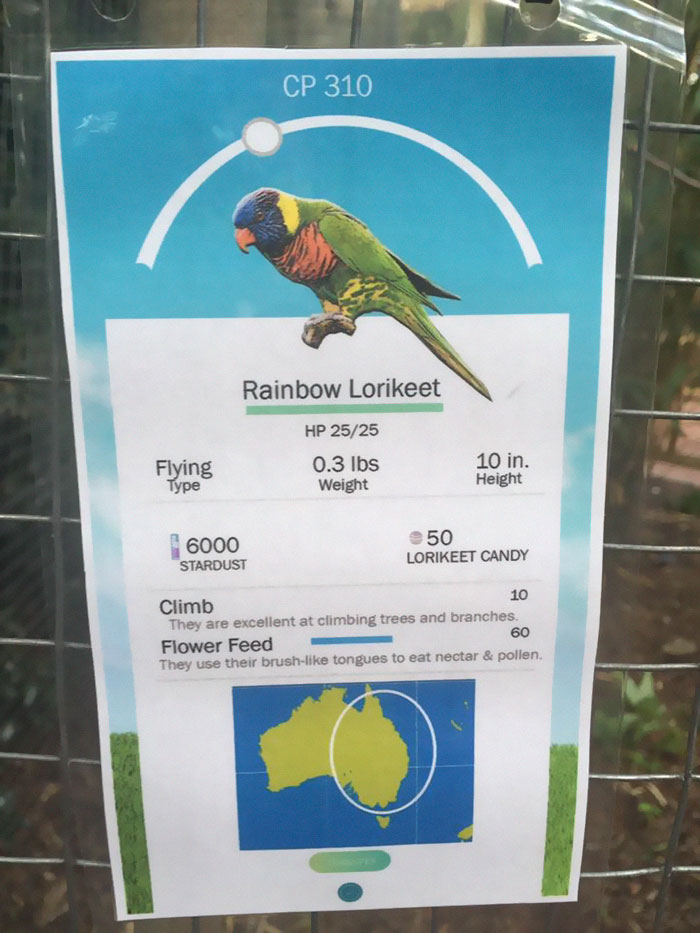

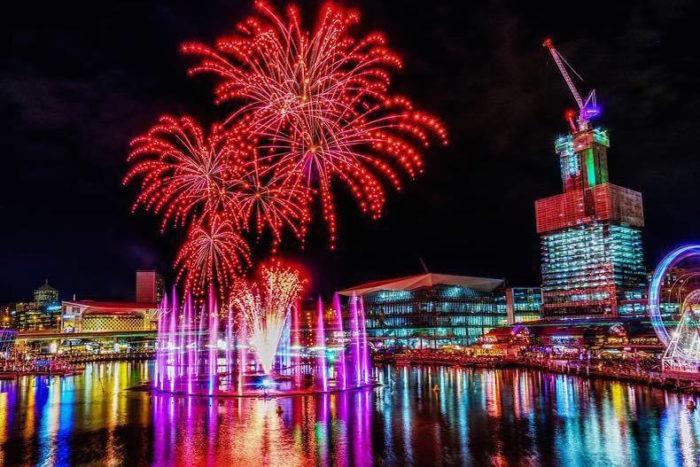


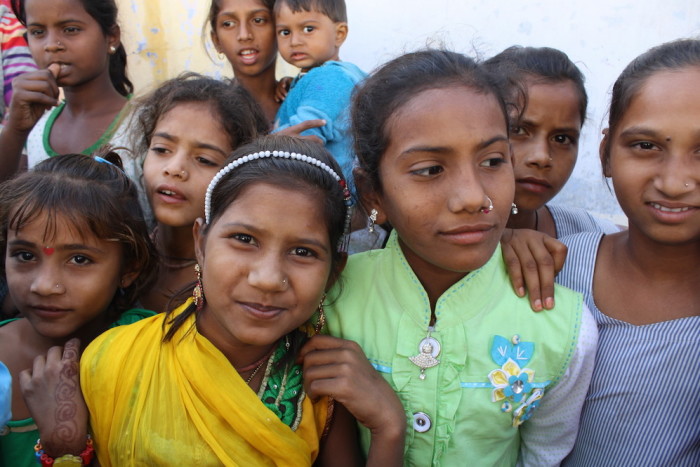
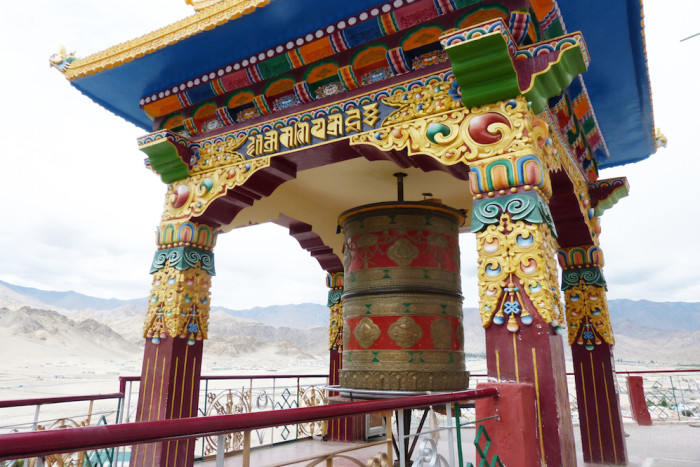
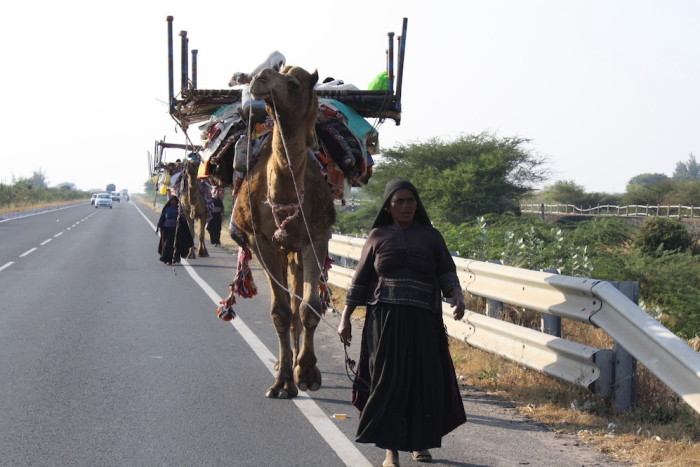

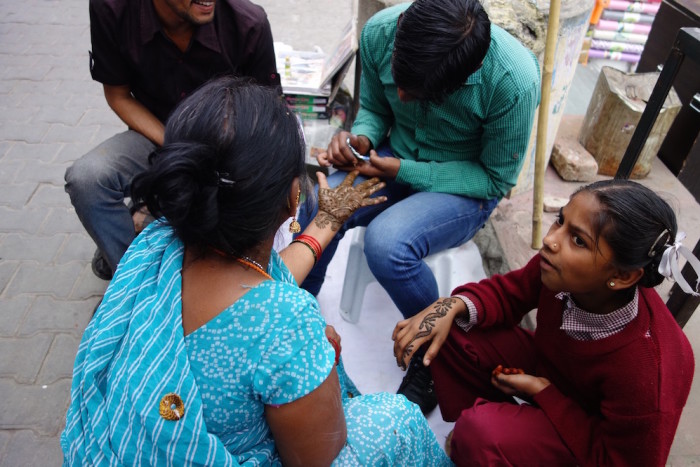
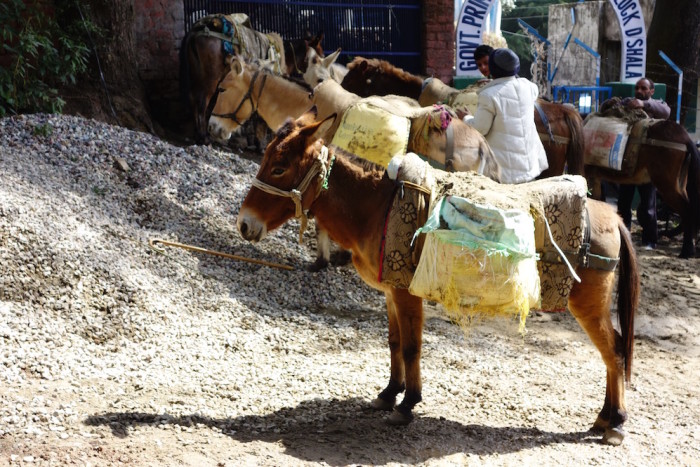
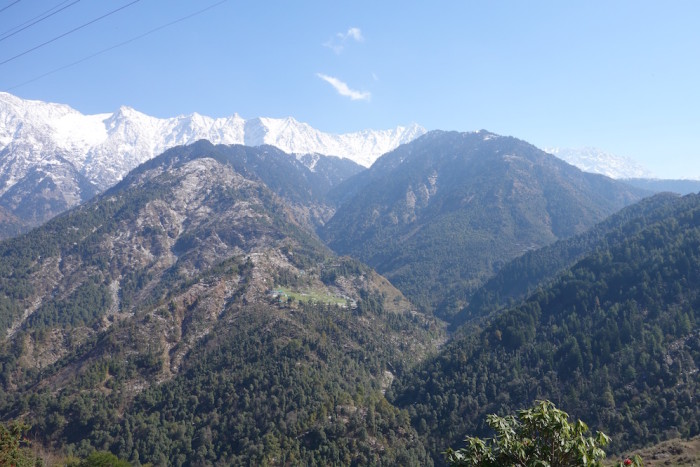
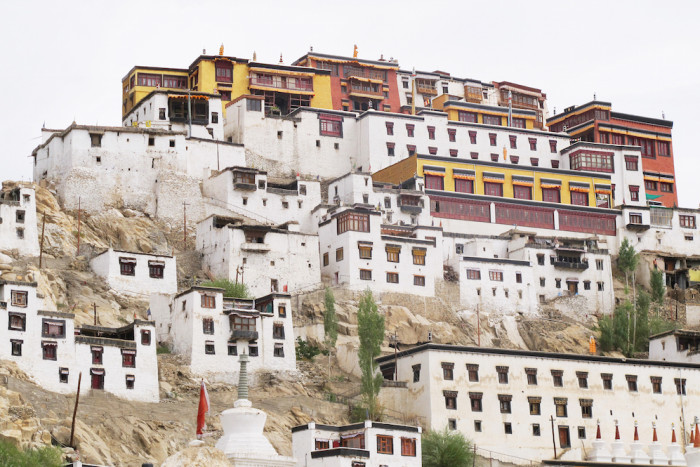




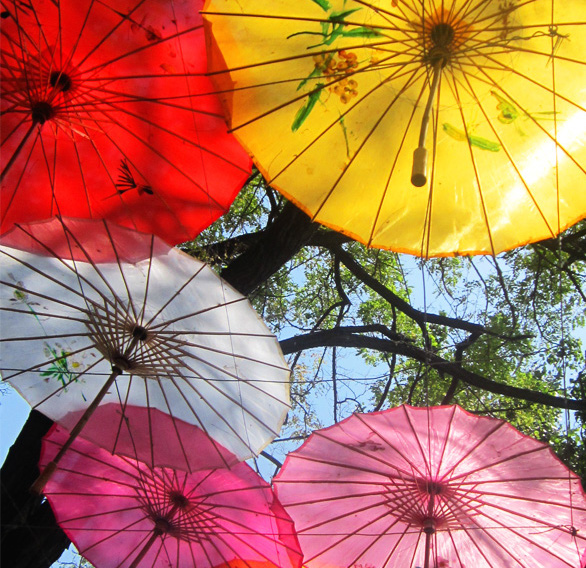


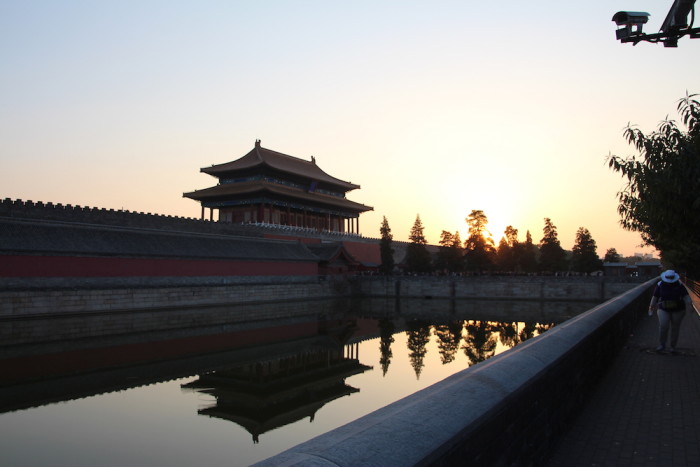



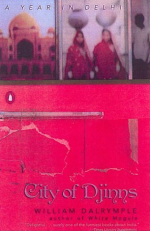
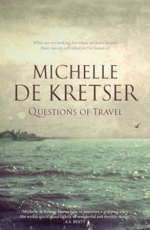


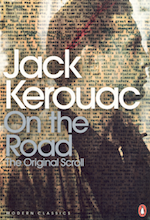
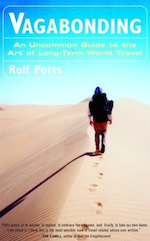






![[ File # csp7188786, License # 1319250 ] Licensed through http://www.canstockphoto.com in accordance with the End User License Agreement (http://www.canstockphoto.com/legal.php) (c) Can Stock Photo Inc. / bbbar](http://advevent.wpengine.com/wp-content/uploads/2016/01/Mount-Everest.jpg)


